Firebush Propagation – Learn How To Propagate Firebush Shrubs
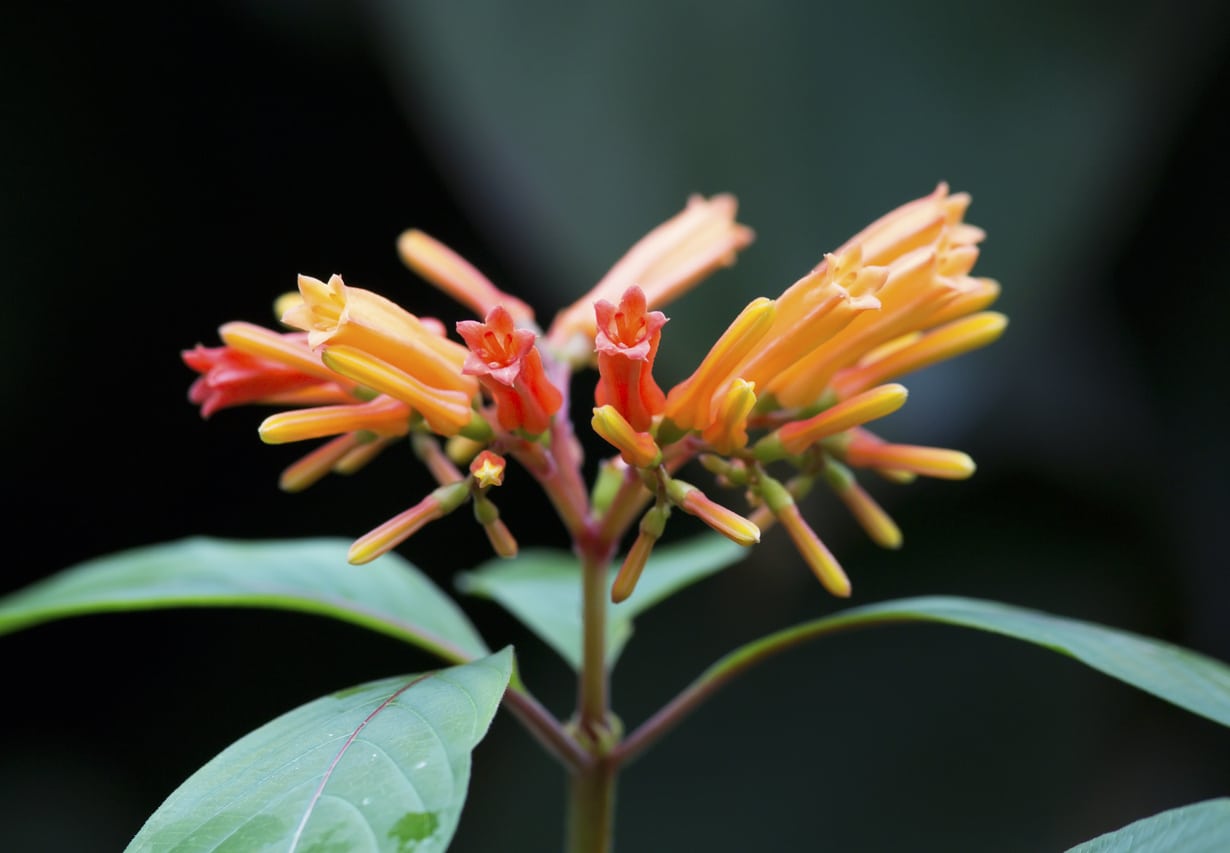

Firebush, also known as hummingbird bush, is a great flowering and colorful shrub for hot-climate gardens. It provides months of color and attracts pollinators. Firebush propagation, if you already have firebush in your garden, can be done by seed or cuttings.
About Firebush Reproduction
Firebush is native to Mexico and thrives in the intense heat of that region, growing well in places like southern Texas, Arizona, and California. It is a large shrub or a small tree, depending on how you grow and train it. Firebush is named for its red-orange flowers that bloom profusely in early summer and well into the fall. The shrub does well in the heat and will tolerate drought conditions better than many plants and will grow in any type of soil that drains well. Firebush prefers full sun and will produce more flowers if given a sunny spot with only a little bit of shade. In addition to the flame-colored flowers, the leaves also turn a blazing red before winter sets in. Its attractiveness in the garden, as well as its hardiness, that makes the plant popular. And for this reason, we tend to want more. That’s where propagation of the plant comes in handy, as it offers a great way to produce more plants for less money.
How to Propagate Firebush
Firebush reproduction can be achieved by collecting and sowing the seeds from your existing plants or by taking and growing cuttings. Seeds develop in pods, and once they have dried out, you can remove them for planting. Separate out the seeds and sow them in moist soil. Keep the seed tray in a warm spot or cover it with plastic if you don’t have a warm environment. Give your seedlings direct light as they grow and keep the soil moist. They should sprout in about three weeks. Don’t transfer the seedlings outdoors until there is no risk of frost. Propagating a firebush by cuttings is another possibility. The trick is to keep cuttings very warm, at least 85 degrees Fahrenheit (29 Celsius). If the cuttings get any colder than this, it may not work. Take cuttings that are about six inches (15 cm.) long with a few leaves and dip the ends in a rooting medium. Plant them in a perlite or sandy mixture and water daily. If you don’t have a spot that's warm enough, such as a heated greenhouse, use a warming pad to keep the cuttings at 85 degrees or warmer. Once you have good root growth, as with seedlings, you can plant the cuttings outdoors when the chance of frost is gone.
Gardening tips, videos, info and more delivered right to your inbox!
Sign up for the Gardening Know How newsletter today and receive a free copy of our e-book "How to Grow Delicious Tomatoes".

Mary Ellen Ellis has been gardening for over 20 years. With degrees in Chemistry and Biology, Mary Ellen's specialties are flowers, native plants, and herbs.
-
 Looking For Plants To Give You The Soft And Fuzzies? Try These 5 Fuzzy Leaf Plant Options
Looking For Plants To Give You The Soft And Fuzzies? Try These 5 Fuzzy Leaf Plant OptionsLovers of texture, drama, silver foliage and tactile plants will adore these special sensory garden additions. These fuzzy leaf plant options will leave you all aglow
By Susan Albert
-
 Get Ready For A Summer Of Hummers! Grow These Full Sun Hummingbird Plants and Flowers
Get Ready For A Summer Of Hummers! Grow These Full Sun Hummingbird Plants and FlowersIf you’re lucky enough to enjoy a sunny backyard, make sure you are maxing out on your pollinator opportunities and grow these full sun hummingbird plants and flowers
By Tonya Barnett
-
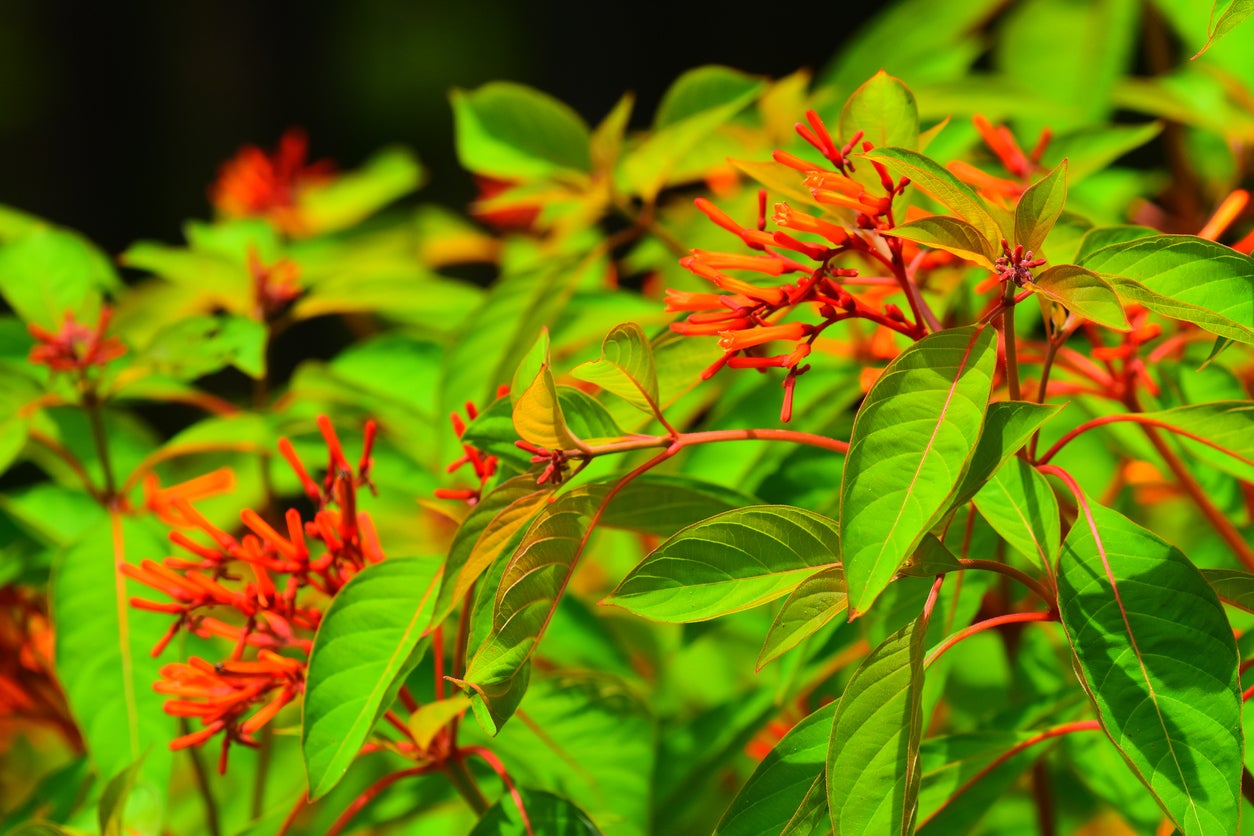 Firebush Winter Care Guide – Can You Grow A Firebush In Winter
Firebush Winter Care Guide – Can You Grow A Firebush In WinterKnown for its bright red flowers and extreme heat tolerance, firebush is a popular blooming perennial. But as with many plants that thrive on heat, the question of cold quickly arises. Learn more about firebush cold tolerance and firebush winter care here.
By Liz Baessler
-
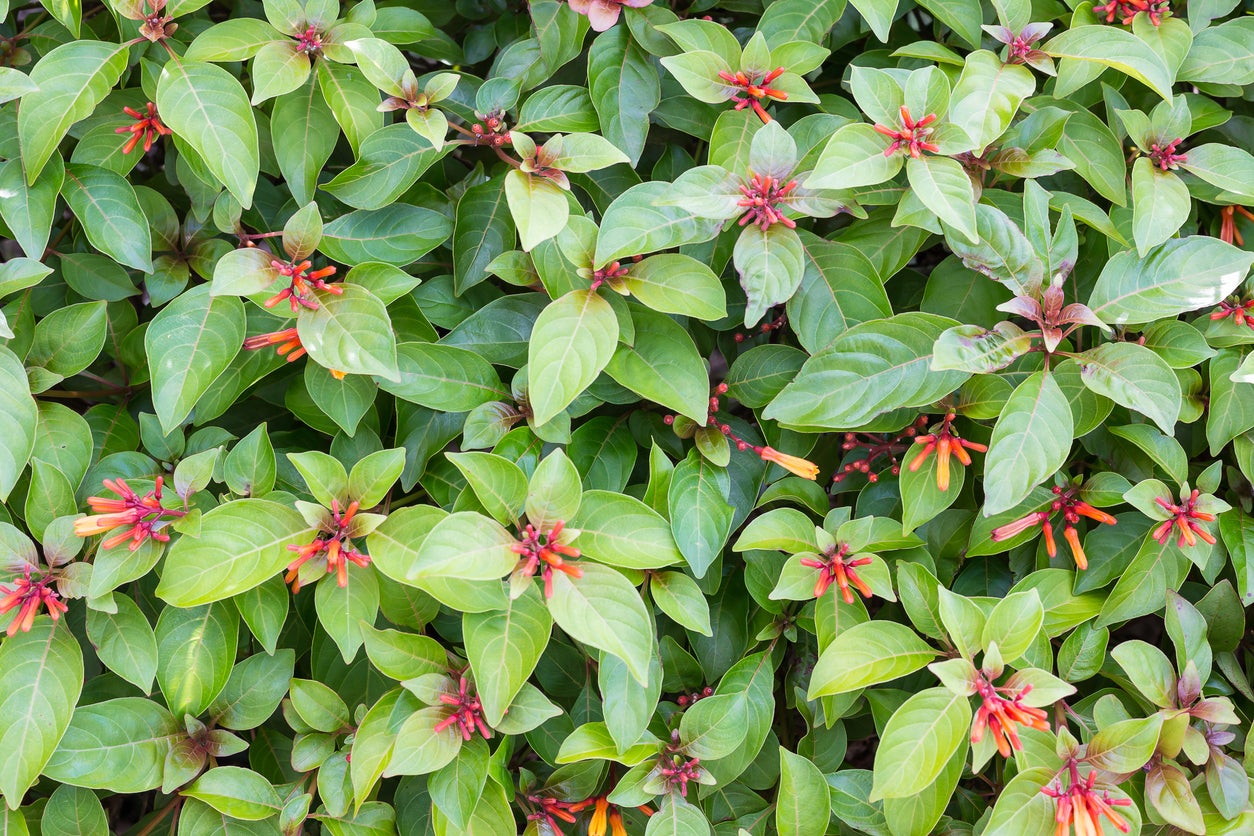 Can You Grow A Firebush Hedge: Firebush Boundary Plant Guide
Can You Grow A Firebush Hedge: Firebush Boundary Plant GuideKnown for its dazzlingly red flowers and ability to sustain high temperatures, firebush is also known for being able to take a serious pruning. These qualities combine to make it a great choice for a natural hedge. Learn more about growing firebush hedge plants here.
By Liz Baessler
-
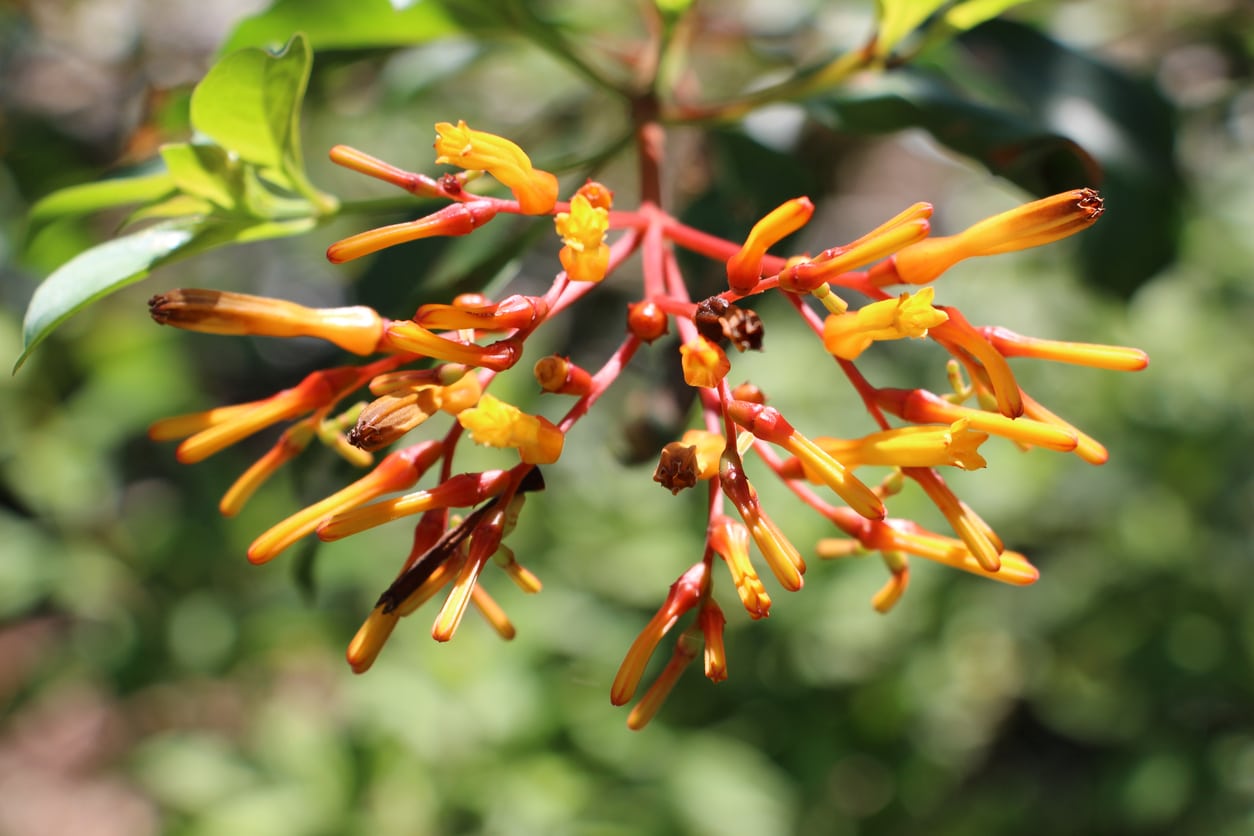 Popular Types Of Firebush – Learn About Different Kinds Of Firebush Plant
Popular Types Of Firebush – Learn About Different Kinds Of Firebush PlantFirebush is the name given to a series of plants that bloom profusely with bright red, tubular flowers. But what exactly constitutes a firebush, and how many varieties are there? Learn about different firebush cultivars and species in this article.
By Liz Baessler
-
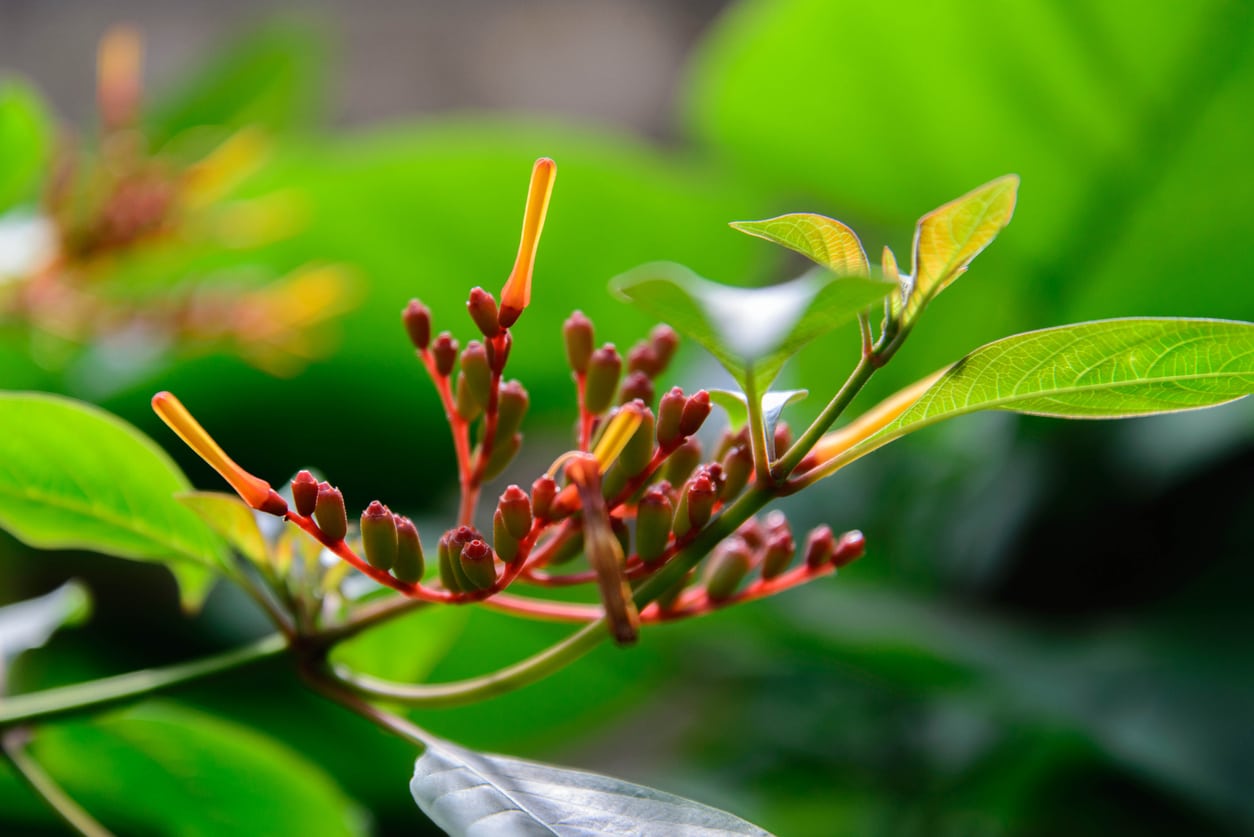 Uses For Firebush Plants: What Is Firebush Good For
Uses For Firebush Plants: What Is Firebush Good ForFirebush earns its name two ways - one for its blazing red foliage and flowers, and one for its ability to thrive in the extreme summer heat. The versatile plant has several uses, both in and beyond the garden. Learn more about using firebush shrubs in this article.
By Liz Baessler
-
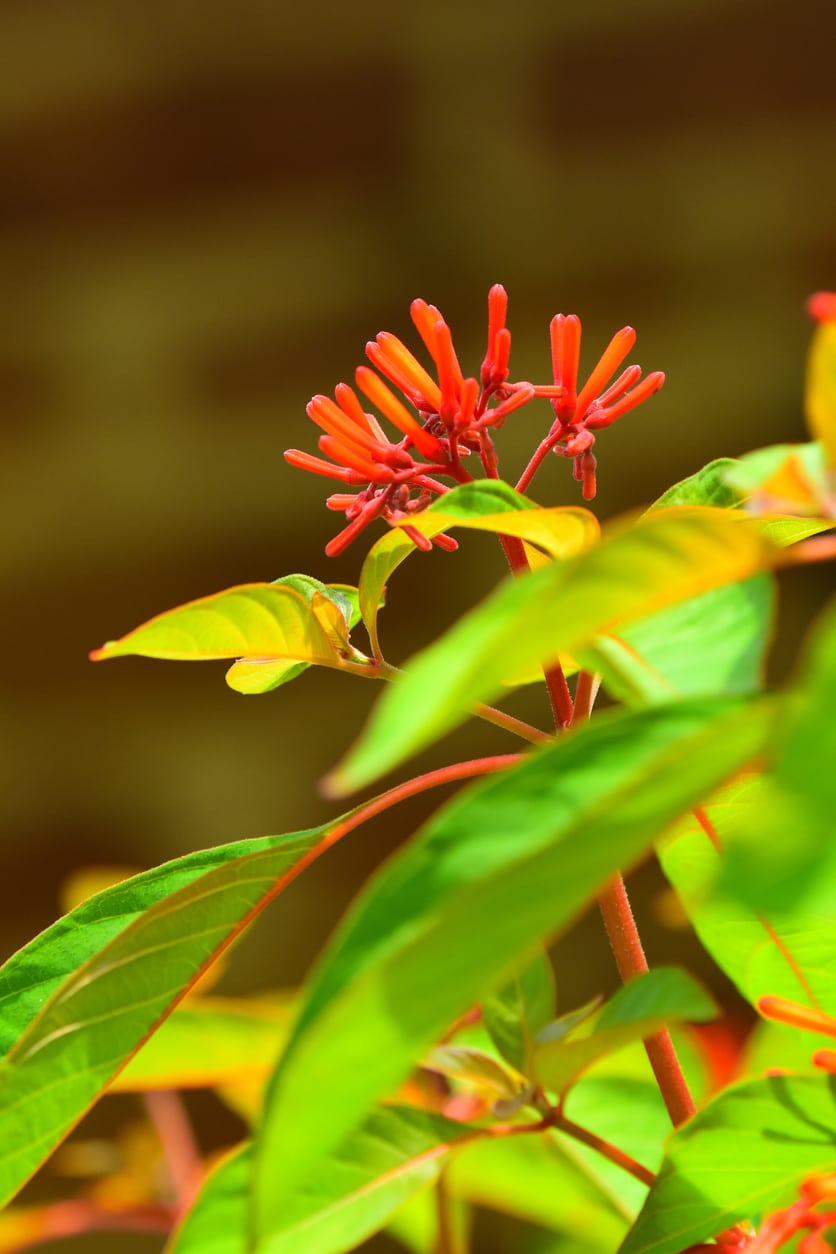 Firebush Container Care: Can You Grow Firebush In A Pot
Firebush Container Care: Can You Grow Firebush In A PotA lover of hot weather, firebush is native to tropical regions. In cooler, non-tropical locations, firebush can be grown as an annual or container plant. Click here to learn some care tips for potted firebush plants and see if this plant is for you.
By Darcy Larum
-
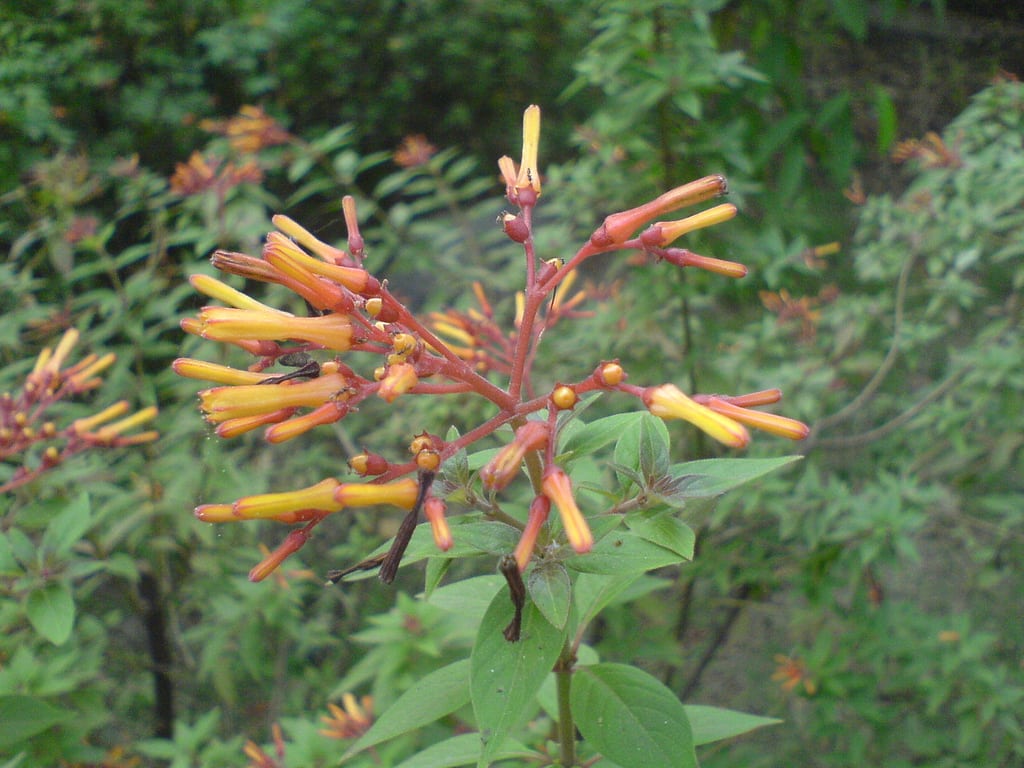 Firebush Seed Sowing: When To Plant Firebush Seeds
Firebush Seed Sowing: When To Plant Firebush SeedsIf you are wondering about growing beautiful and easy-care firebush, then click this article for information on firebush seed propagation. We’ll offer tips on growing firebush from seeds including when and how to plant firebush seeds.
By Teo Spengler
-
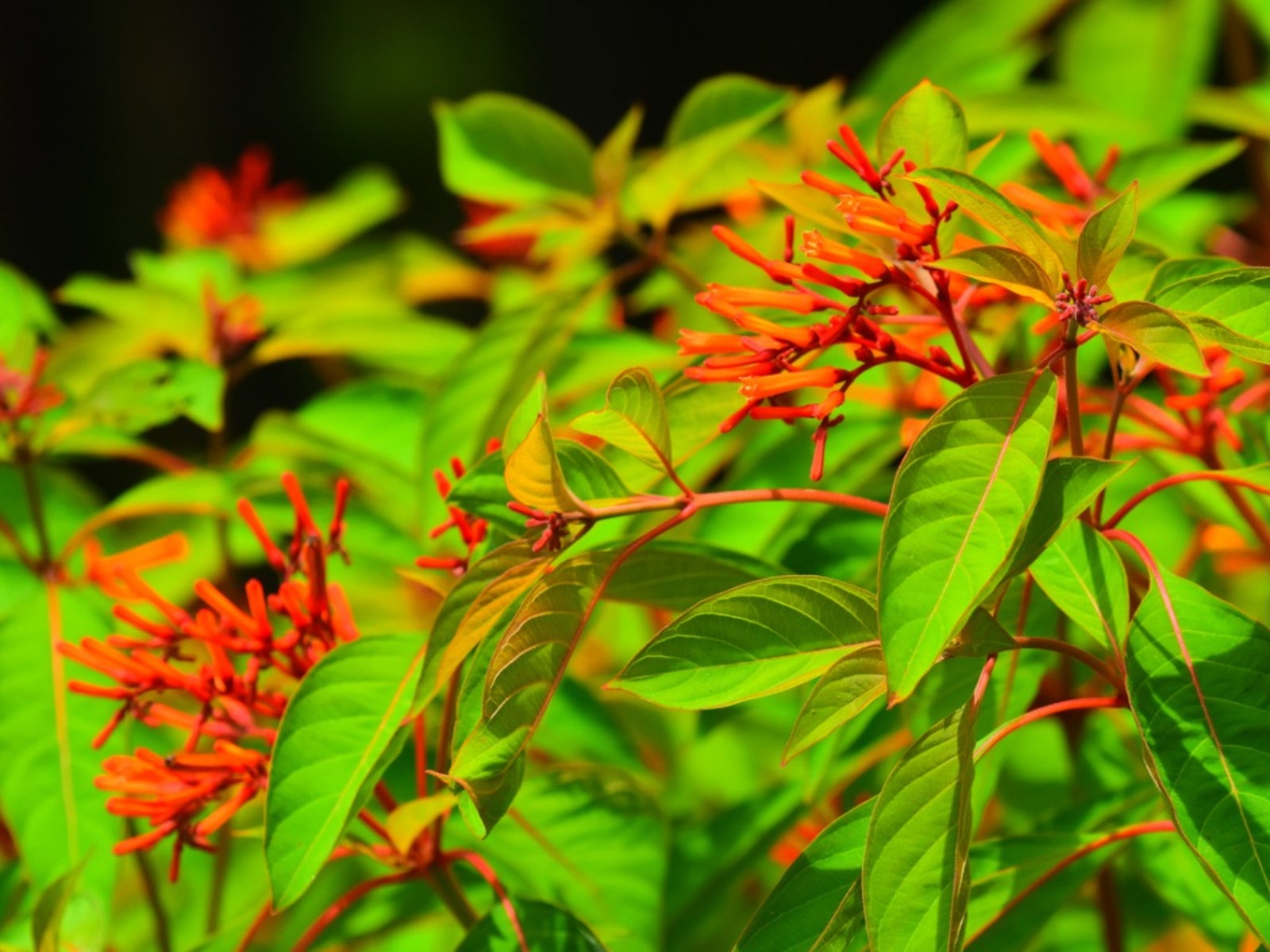 Firebush Leaf Drop: Reasons For No Leaves On A Firebush
Firebush Leaf Drop: Reasons For No Leaves On A FirebushFirebush is generally easy to grow if you live in the warm climates of USDA plant hardiness zone 9 through 11, but even this hardy shrub is sometimes beset by problems, including firebush leaf drop. Explore what may be to blame in this article.
By Mary H. Dyer
-
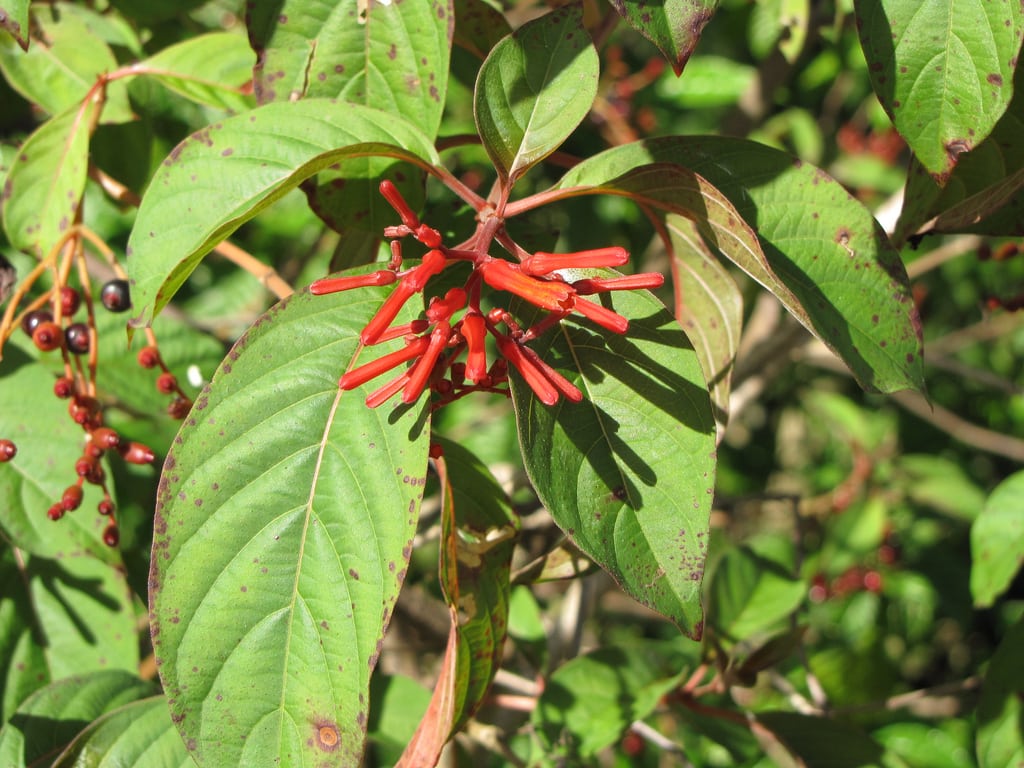 Firebush Watering Guide – Tips For Watering A Firebush Shrub
Firebush Watering Guide – Tips For Watering A Firebush ShrubFirebush is practically bullet-proof once established and tends to be relatively drought tolerant, but it does regular irrigation, especially during the early years. Click on the following article and we’ll discuss firebush water requirements.
By Mary H. Dyer